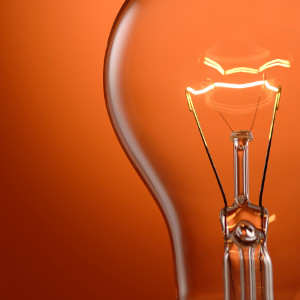The half century from 1880 to 1930 constituted the formative years of the history of electric power systems. The three components of the total system (generation, transmission and distribution) evolved in three separate stages. The first stage, in the earliest days of the supply industry, was the development of small local generators, initially providing power for only one user, or perhaps several. The second stage, in the last two decades of the 1880s, involved the discovery by Thomas Edison of the technology whereby a central generator delivered power to multiple users through a distribution system, and from this evolved the distribution networks. The third stage, which followed several decades later, was to link separate generators into a pool via a transmission system.
Names like Benjamin Franklin, Michael Faraday, James Watt, Luigi Galvani, Nicola Tesla, and Alessandro Volta resonate from the schoolroom as the men who uncovered the secrets of electricity and interpreted it
for use today.
Two men took these discoveries a stage further and invented the technology of the electrical supply industry as we know it today, Thomas Edison and George Westinghouse. Yet these two men disagreed on a fundamental issue, the use of direct current (DC) or alternating current (AC).
What Edison had done with his central-station system was to incorporate the natural geography, with its coal and water supply and the human geography with its load or demand, also taking advantage of the financial resources available in New York City. Within a short space of time similar central-station systems made their appearance in other American cities.
The collapse of the stock market discouraged investors from risking capital in a new technology, which was perceived a providing a luxury rather than a necessity. Britain was historically dominated by local interests and a system of parochial social and legal organization, which discouraged the development of large centralized institutions. British society historically distrusted centralized power and large government projects. London lagged behind other cities and countries in developing its electrical systems. At that stage New York, Chicago, Berlin, Munich, Stuttgart, and Germany and the United Sates in general exceeded Great Britain in progress towards the electrical age. At this time Germany was a federation of independent states, consisting of kingdoms and principalities. Some of the states expressed interest in establishing electricity utilities, as they already possessed utilities for water and gas.






